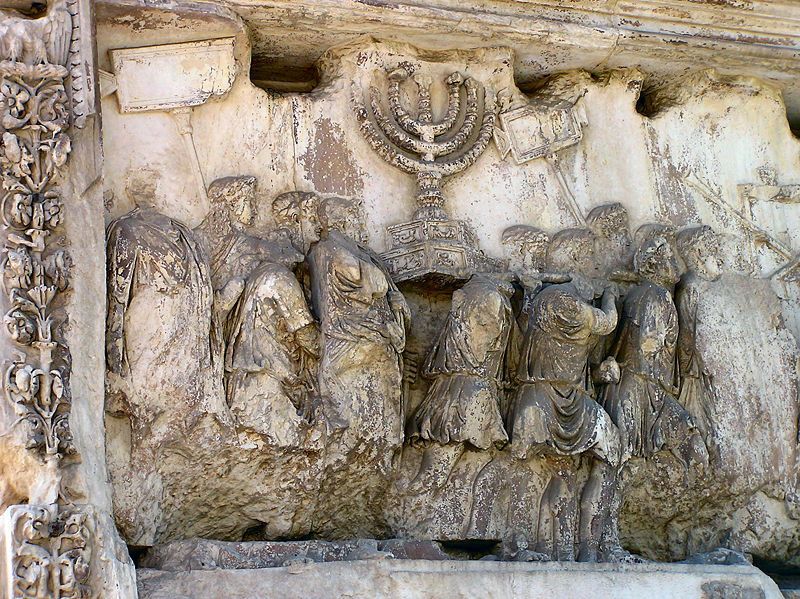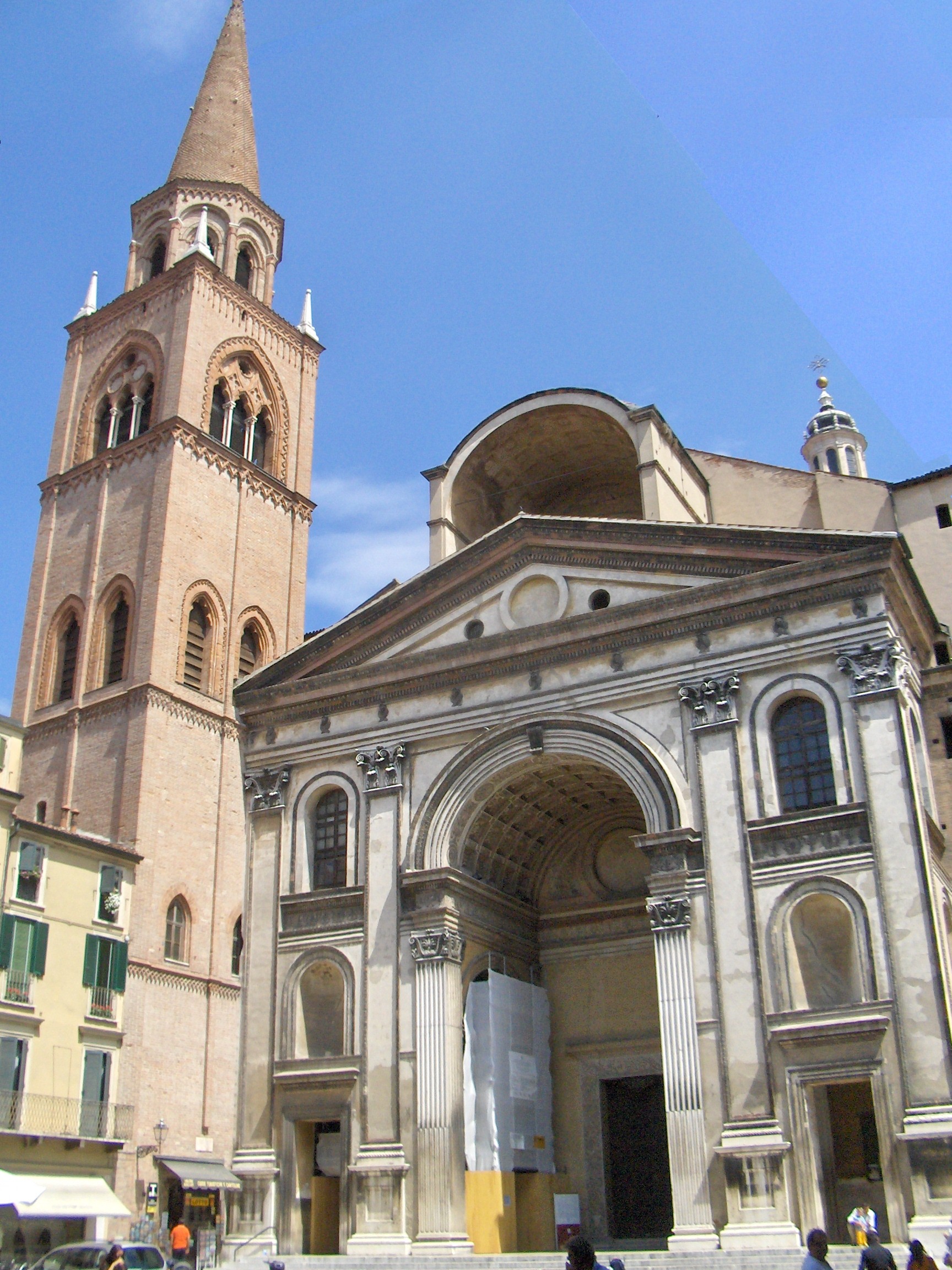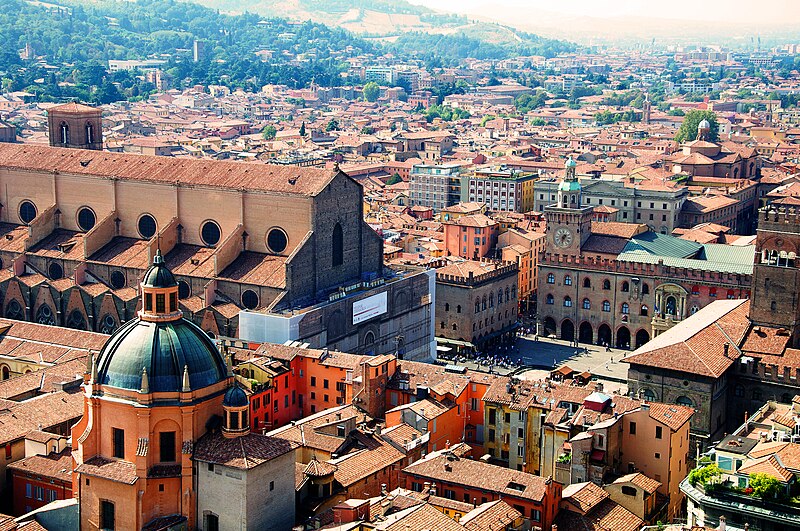Watch my new video here:
Both of these amazing architectural accomplishments were made in different time periods, yet their aesthetic qualities are very similar. Both monumental and impressive, these buildings are united by the influences of classical Rome and Greece, although the reasons for their construction are dissimilar.
To begin, the Arch of Titus was built in 82 C.E. and is located in Rome, the center of the Empire’s power, luxury, and wealth. Roman citizens were even excluded from paying onerous taxes that were imposed on those living in the outlying provinces (i.e. Thrace, Hispania, Gaul, etc.) The Arch is in the Roman Forum, the lively center where politics and religion were united under the Caesars (Emperors). The Forum includes other edifices such as the Arch of Septimius Severus, the Temple of Jupiter, and the House of the Vestal Virgins. When viewed from the Colosseum, the Arch is in the top left corner, next to the haunting ruinous niche of the Temple of Venus and Roma. The Arch was constructed to honor Titus (ruled 79-81 CE), the son of Vespasian (first Emperor of the Flavian Dynasty), who quelled the Jewish rebellion in Judea.

From 66-73 CE, Titus waged war against the Jews and finally sacked Jerusalem, the all important Holy City in 70 CE. Victory arches were important displays of power during Triumphs, parades throughout Rome that sought to glorify the deeds and bravery of the divine Emperors. Titus would have ridden under this Arch during his triumph if he had not succumbed to an early (and unsuspicious) death in 80 CE; therefore, his younger and less well-like brother Domitian built the Arch to honor his dead sibling. The inscription at the top reads “The Senate and People of Rome dedicate this to the divine Titus Vespasianus Augustus, son of the divine Vespasian." Titus was made into a god following his death, emphasizing his connection to the traditional gods and also Augustus, the first deified Caesar. Several architectural features of the Arch let us know it is staunchly Roman: the curved barrel vault, coffers under the arch, Corinthian pilasters (columns, both fluted and smooth, stuck to the exterior of the vault), a frieze with running sculpture, and panels depicted in high relief. Although this is not the largest Arch in the Forum, the size is still impressive and was meant to show the (oppressive) power and efficiency of Rome. In the 1st century CE, Rome was the most powerful entity, and the glory of it was put even before family and friends. Scenes of the Apotheosis (transformation into a god), the Procession of the stolen goods, and the sacking of Jerusalem adorn the inside of the Arch.

The most famous sculptural relief, the Sacking of Jerusalem, depicts the famous line of soldiers (some in higher relief than others) carting off the Menorah, an important Jewish object. The ideal bodies swathed in heavy drapery, the somewhat individualized portraits, and a sense of a mass of bodies actually moving in space is characteristic of the Augustan Age of sculpture (i.e. sculptures of Augustus’ family from the Ara Pacis).
The second building is the Church of Sant’ Andrea in Mantua, Italy. Designed by the renowned Renaissance architect Alberti, this structure was commissioned by Gonzaga, the Marquis of Mantua. Because of his patronage and the similar support of the Medici, Montefeltro’s etc, true Renaissance thinking was able to flourish in the late 15th century. Built in 1470, Alberti died before the building was completed, although it still reflects his original plans. The entrance to the Church is extremely classical, emphasizing the “rebirth” and rediscovery of the philosophy, math, and art of ancient Rome. This classical influence was especially strong in Italy because artists and architects still had Roman ruins to study and emulate.

The façade of Sant’ Andrea is imitating a Roman triumphal arch such as the one built for Titus 1,388 years before. The barrel vault with the coffered ceiling, the Corinthian pilasters (although they are less rounded than Titus’), the strict order and geometry, and the frieze with bosses all come straight out of Rome. However, unlike the Arch of Titus, Sant’ Andrea has a triangular pediment borrowed from ancient Greece (i.e. Parthenon, Temple of Aphaia). Although it lacks dramatic sculptured figures, the empty space unites the façade with mathematical clarity and precision. Unlike Titus’ Arch, Sant’ Andrea is an actual building that extends back in a Latin cross plan (nave intersected by a transept of equal length, about 55 feet). The interior is just an extension of the arch in front (barrel vault) with a long coffered ceiling and spare decoration on the side walls.

There is a dome in the square crossing, which hearkens back to Brunelleschi and his insurmountable task of building the Duomo for Florence. The smaller side chapels resemble semicircular niches or apses; this feature was borrowed from the Basilica of Maxtentius and Constantine in Rome. The blaring niches in the Basilica held an enormous statue of Constantine, the first Christian Emperor. The allusion to Constantine further reinforces the idea that this building is a Church honoring God, not the boastful triumphal Arches of Rome that were meant to deter citizens and enemies alike from challenging the power of Rome. The Church is a physical manifestation of Neo-Platonism, a Renaissance philosophy that combined classical ideals with medieval Christian theology.
http://smarthistory.khanacademy.org/sant-andrea-in-mantua.html








